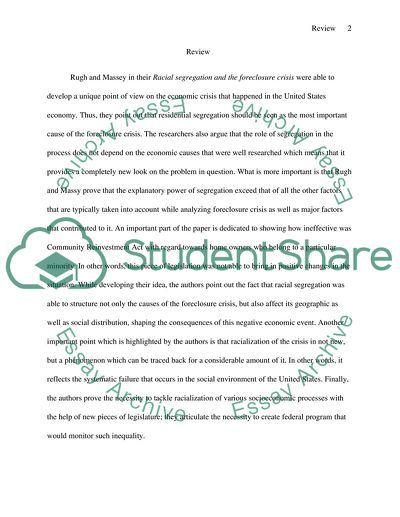Cite this document
(“Review:2. Rugh, J. & Massey, D. (2010) Racial segregation and the Essay”, n.d.)
Retrieved from https://studentshare.org/sociology/1677179-review2-rugh-j-massey-d-2010-racial-segregation-and-the-foreclosure-crisis-american-sociologi
Retrieved from https://studentshare.org/sociology/1677179-review2-rugh-j-massey-d-2010-racial-segregation-and-the-foreclosure-crisis-american-sociologi
(Review:2. Rugh, J. & Massey, D. (2010) Racial Segregation and the Essay)
https://studentshare.org/sociology/1677179-review2-rugh-j-massey-d-2010-racial-segregation-and-the-foreclosure-crisis-american-sociologi.
https://studentshare.org/sociology/1677179-review2-rugh-j-massey-d-2010-racial-segregation-and-the-foreclosure-crisis-american-sociologi.
“Review:2. Rugh, J. & Massey, D. (2010) Racial Segregation and the Essay”, n.d. https://studentshare.org/sociology/1677179-review2-rugh-j-massey-d-2010-racial-segregation-and-the-foreclosure-crisis-american-sociologi.


